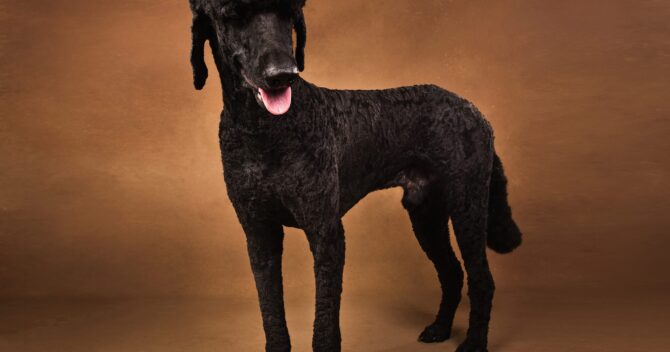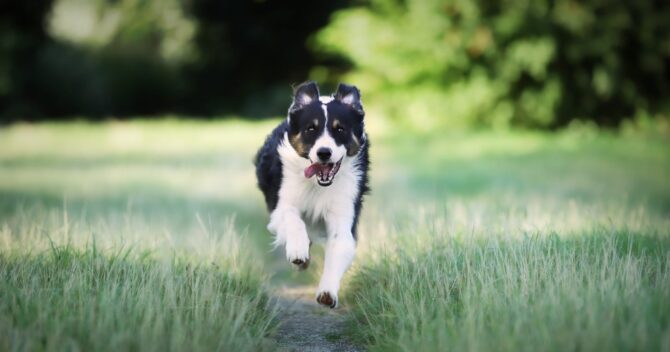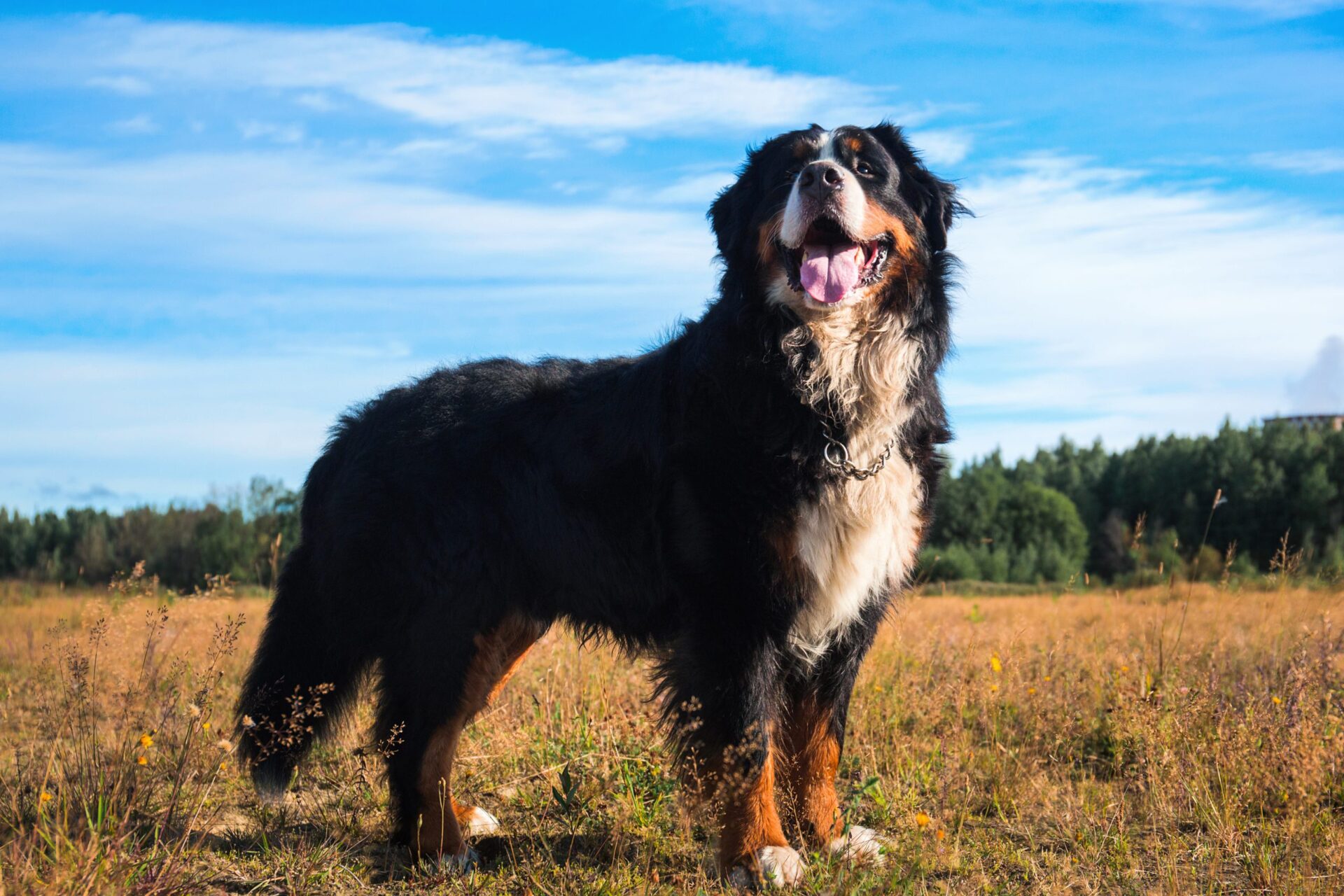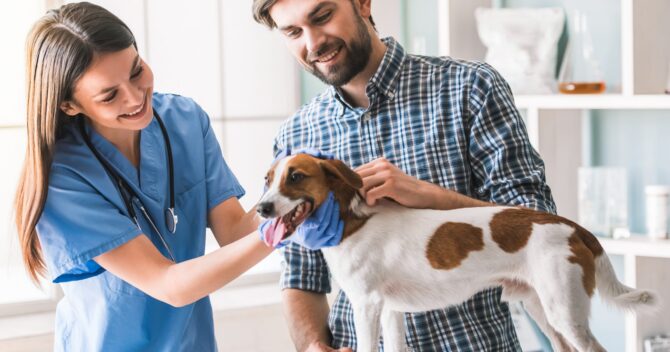Big poodle - Mr.the cooling of the breed
The large poodle, also called the king or giant poodle, comes from a family of hunting dogs that retrieve birds that have been shot or caught in a trap from the water. He is a great swimmer. It comes from the area of France, where it was called "barbet" due to its characteristic, shaggy beard. This breed gained great fame at the court of Louis XV. Lovers of these pets believe that their ancestors come from Iceland, from where they were brought to Europe. Over time, the poodle was no longer used for hunting. He became a family dog, perfectly performing representative and social functions.
Appearance
The standard of the large poodle is defined according to the FCI classification (standard no. 172), just like other varieties of poodles. The first standard of this breed was developed in 1880. Due to its height, the large poodle is classified as a medium-sized dog. It stands out very much from other dogs, above all it attracts attention with its appearance and originality. The adult individual has a curly coat characterized by curled or rope-like hair. The fur of the large poodle is thick and very pleasant and soft to the touch. Its structure is flexible and creates a kind of woolly coating. The characteristic elements of the coat are the very popular "ropes" (made of twisting hair), which are dense and up to 20 cm long. The most common colors of a large poodle are: white, black, brown, silver (gray), apricot and red.
Suggested sizes and widths of accessories for this breed of dog:
Here are the suggested sizes for adult dogs of this breed. They were selected on the basis of many years of experience in sewing accessories and the most common choices of other dog owners of this breed. Remember, only measuring will give you 100% certainty - every dog is different.
The head of the large poodle has straight contours, it is long and delicate. The stop is gentle but well defined. Muzzle strong and equal to the length of the skull. The eyes of this quadruped resemble almonds. Their color can be: black, dark brown or amber. Long ears are set at eye level and hang down close to the head. The loins are wide and short, surrounded by well-formed muscles. The large poodle has fairly strong and straight forelimbs. The hind legs, on the other hand, are perfectly muscled and deeply angulated. The tail of this dog is straight, set high and carried.
The height of the large poodle measured at the withers (uncut dog) is between 45 and 60 cm (+/- 2 cm). The weight of an adult individual of this breed usually ranges from 20 to 32 kg. Females are lighter than males and may be slightly shorter.
Big poodle and its character
The Poodle has long been considered a very active and exceptionally intelligent animal. He is characterized by a strong attachment to the owner and a great interest in training, as well as a willingness to perform tasks. He is a dog with a lively temperament. He has a strong personality, likes to be the center of attention, but is rarely unruly.
Considering that a representative of this breed works perfectly with humans and is characterized by a high level of intelligence, he is predisposed to perform many tasks. These dogs are successfully used in the therapy of sick and disabled people, they can also serve as rescue.
Care
Each poodle keeper should be prepared for consistent and regular care of the pet. His coat requires frequent brushing and bathing, otherwise it becomes felted quickly. Because A large poodle should be brushed a few times a week, trimmed every two or three months, drip frequently, and the condition of ears, teeth and claws should be regularly checked. We simply cut the tightly braided hair full of tangles for a short time, while the well-groomed hair is subjected to regular care treatments and we choose the hairstyle depending on our idea or the creativity of the dog hairdresser. All treatments should be approached with great patience, also with great accuracy. It is worth emphasizing that representatives of this breed do not shed, their coat does not emit a characteristic canine smell and is most likely hypoallergenic.
Big poodle - advantages and disadvantages
Disadvantages
- requires time-consuming maintenance
- likes to attract the attention of current household members, but also guests
- it happens stubborn
Advantages
- intelligent, learns very quickly, willing to cooperate
- dignified and elegant
- very friendly
- exceptionally faithful, loyal and also devoted
- gentle towards people and animals
- balanced
- does not moult
Health
Large Poodles are a healthy breed and relatively long-lived. Due to its considerable size, its representatives are primarily exposed to dysplasia of the joints. Other diseases that often affect these animals include:
- stomach twist
- ear diseases
- overactive or underactive thyroid gland,
- kidney disease
less frequently:
- epilepsy
- cataract
- cancer
- blood clotting disorder
- diabetes.
Nutrition
The diet of the large poodle should be well-balanced and foldable from meat and vegetable food. It should be supplemented with proper supplementation of mineral and vitamin preparations. Extremely important is the supplementation of vitamin A (a natural antioxidant supporting the processes of proper vision) and vitamin D, which strengthens and protects the bone tissue against injuries and degeneration. Meals can consist of either good-quality dry or wet food, as well as home-prepared foods. However, it is important that the finished food contains at least 80% meat, and that the content of cereals and vegetables reaches about 20%. The portion size should be adapted to the age, weight, health condition, and also to the level of physical activity of the pet. The amount and frequency of feeding should be agreed with your veterinarian. Most often, it is recommended to give food once or twice a day.
Interesting facts
- In Old Germanic poodle means splash in the water.
- During World War II, the Great Poodle was one of 32 breeds that were classified as working dogs for the army.
- Representatives of this breed are excellent swimmers, are used as retrievers, and often take part in sports competitions, tracking competitions, and obedience shows.
Maybe you'll like it:



